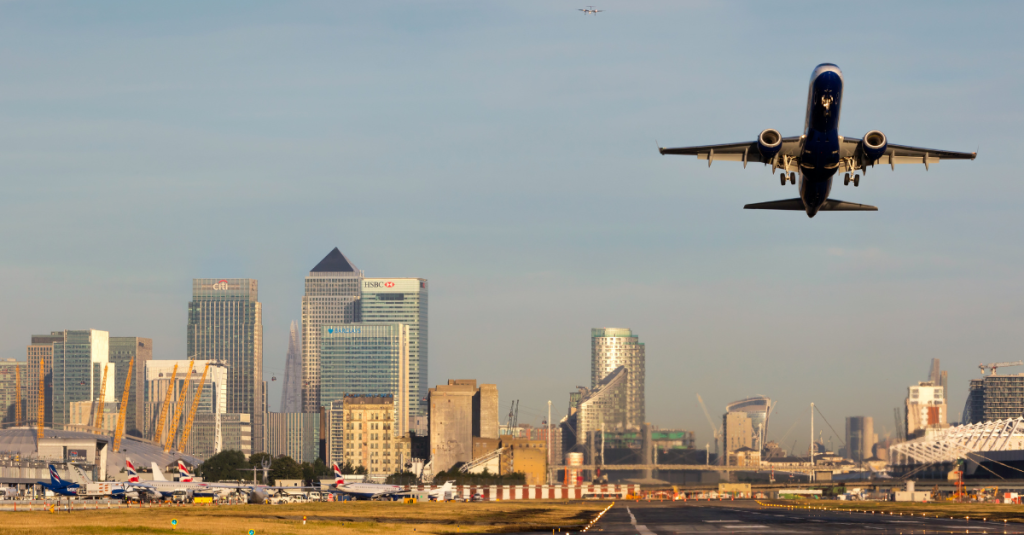The UK government has given the green light for London City Airport to boost its annual passenger cap. This decision increases the cap from 6.5 million to nine million passengers, but curtails plans for extending Saturday operating hours.
While such expansion promises economic benefits, it also raises concerns about potential noise pollution. London’s aviation hub will benefit from enhanced passenger flow, albeit with operational constraints.
The decision to raise the passenger cap at London City Airport reflects the government’s focus on bolstering economic growth through enhanced connectivity. This change permits three additional flights during the early morning window each weekday. However, there is no corresponding increase in the total annual flights or significant infrastructural expansion. The government’s decision underscores the importance of maintaining efficient yet sustainable airport operations.
Despite the green light for increased passenger numbers, the UK government has declined to extend the airport’s operating hours on Saturday afternoons. This decision aims to balance economic growth with community welfare, addressing resident concerns over potential noise increases.
This scenario exemplifies the delicate balance between economic development and maintaining local community welfare. Continuous monitoring and stakeholder engagement will be vital to addressing residents’ concerns.
The strategy focuses on minimising noise impact in the early morning shifts while maintaining increased passenger capacity. It signifies potential for broader adoption of noise-efficient technologies in the aviation sector.
FitzGerald emphasised that weekend operations would have complemented the weekday benefits of quieter aircraft, suggesting a lost opportunity for further operational improvement.
In balancing expansion with environmental care, the airport sets a precedent for future urban-centred airports. Continuous dialogue with stakeholders ensures that developments remain sustainable.
Despite challenges, the decision reflects a strategic move towards a noise-efficient aviation future for London. With cleaner aircraft, London City Airport continues to play a crucial role in connecting the capital.
The decision to allow London City Airport to increase its passenger capacity punctuates a significant shift towards sustainable development in aviation. By integrating quieter aircraft and limiting operational disruptions, the ruling showcases a nuanced approach to growth within the aviation sector, balancing economic benefits with community and environmental welfare.

